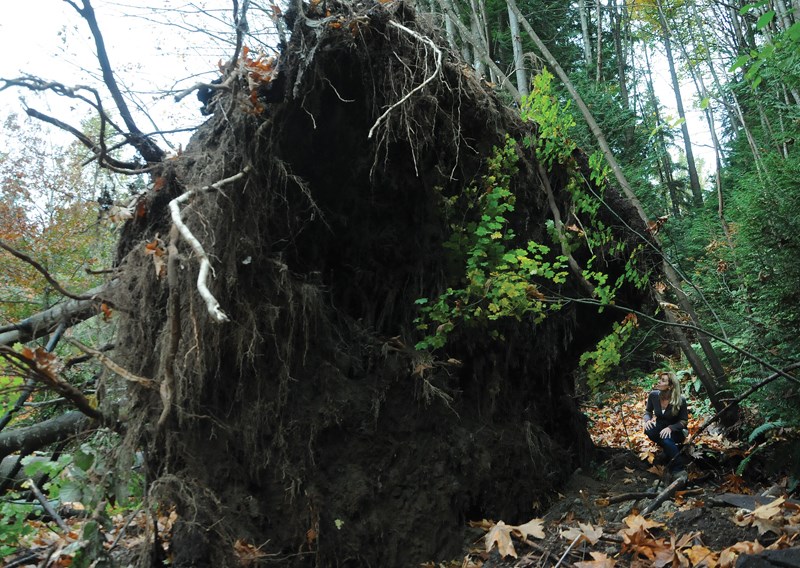Managers in charge of the region’s water system have picked the wettest time of year to tell residents they need to get better about water conservation.
City of North Vancouver Mayor Darrell Mussatto admits, “It’s a tough sell,” to preach shorter showers when residents have seen nothing but water falling from the skies for the past month.
But water managers say there’s no time like the very wet present to make better decisions about using water.
“It’s easy to get into bad habits when there’s a lot of water around,” said Mussatto. “We start to like that longer shower.”
Those habits tend to continue in the drier summer months, when supplies in the region’s water reservoirs are much more of a concern. With population of about 2.5 million and counting, “those little things add up,” said Mussatto. “We’re trying to create good habits.”
While public campaigns around water use tend to focus on outdoor sprinkling in summer, the current winter campaign aims to get residents to pay attention to regular indoor water use.
“We want to get the message across that water conservation is important year round,” said Greg Valou, a spokesman for Metro.
Lower Mainland residents use an average of 334 litres of water per person, per day. That’s about 25 per cent less than people used in the early 1990s. But water managers warn while people are individually using less water, overall consumption is still going up as the population increases.
About 60 per cent of water use in the Lower Mainland as a whole is residential. On the North Shore, residential use accounts for 80 per cent of water used in West Vancouver, while port industry consumes about 45 per cent of total water used in the City of North Vancouver.
Among residential uses, about 24 per cent of that water is being flushed down the toilet. Showers generally make up about another 20 per cent of water use, while other general household uses that involve turning on the tap (not including laundry or dishwashers) make up another 20 per cent.
The issue of water use is expected to come into sharper focus in 2017, when staff will present politicians with more detailed cost-benefit analyses on options like water metering, adding a second, deeper water intake in the Coquitlam reservoir or raising the height of the Seymour Dam to add regional water storage.
All of the options are expensive, said Mussatto, with the second Coquitlam intake expected to cost in the neighbourhood of one billion dollars and the Seymour Dam option in a similar range of hundreds of millions of dollars – with added environmental impacts.
Water metering is the most effective way of getting people to conserve, said Mussatto, but also comes with a hefty price tag – between $400 and $1,500 per home to install water metres and further costs for tracking and billing.
Water managers may have a harder time selling the need for conservation to sodden residents now. October broke records more than 30 years old for the number of days of rain. It rained on 28 out of 31 days, said Ross MacDonald, meteorologist with Environment Canada. In actual amounts of rainfall recorded, October ranked the seventh wettest on record.
This month, expect more of the same. Statistically, November is the wettest month of the year in the Lower Mainland, MacDonald said.



